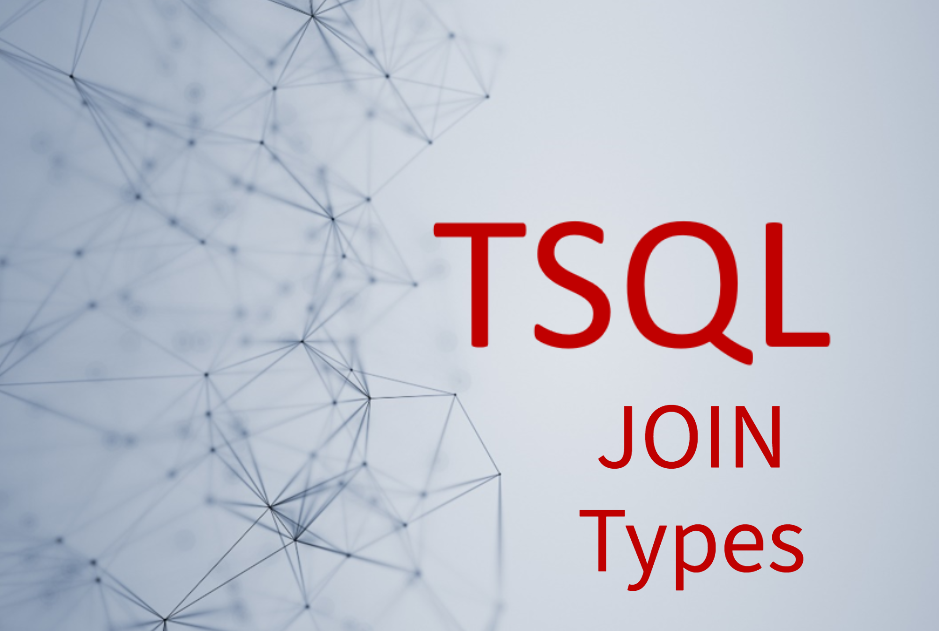Understanding Equi Join and Non-Equi Join in SQL
When working with SQL Server, the ability to join data from multiple tables is essential. Two key types of joins you’ll encounter are the equi join and the non-equi join. These join types are fundamental for combining data based on specific conditions, allowing you to create meaningful relationships and perform advanced analyses.
In this article, we’ll explore the differences between equi join and non-equi join, their use cases, and how to implement them in your SQL queries.
What Is an Equi Join?
An equi join is a join that uses the equality operator (=) to match rows from two or more tables based on common values in specified columns. It is the most commonly used join type in SQL, forming the basis of queries that combine related data.
Example Scenario for Equi Join
Imagine you have two tables:
- Employees: A table with employee IDs and names.
- Departments: A table listing department IDs and names.
To find which employees belong to which departments, you can use an equi join like this:
SELECT Employees.EmployeeID, Employees.Name, Departments.DepartmentName
FROM Employees
INNER JOIN Departments ON Employees.DepartmentID = Departments.DepartmentID;
Key Characteristics of Equi Join
- Relies on the equality condition (
=) in theONclause. - Includes only rows where values in the specified columns match.
- Can be used with various join types, including inner, left, and right joins.
What Is a Non-Equi Join?
A non-equi join uses comparison operators other than equality (e.g., <, >, <=, >=, or BETWEEN) to match rows between tables. Non-equi joins are less common than equi joins but are crucial for more complex relationships.
Example Scenario for Non-Equi Join
Consider two tables:
- Orders: A table with order IDs and order amounts.
- Discounts: A table with discount ranges (minimum and maximum amounts) and their associated discount rates.
To determine the discount applicable to each order, you can use a non-equi join with the BETWEEN operator:
SELECT Orders.OrderID, Orders.Amount, Discounts.DiscountRate
FROM Orders
JOIN Discounts ON Orders.Amount BETWEEN Discounts.MinAmount AND Discounts.MaxAmount;
Key Characteristics of Non-Equi Join
- Uses comparison operators other than
=. - Matches rows based on a range or other non-equal conditions.
- Commonly used in scenarios involving ranges, hierarchies, or inequalities.
Equi vs Non-Equi Join: Key Differences
| Aspect | Equi Join | Non-Equi Join |
|---|---|---|
| Condition | Matches rows based on equality (=). | Matches rows using comparison operators like <, >, BETWEEN. |
| Common Usage | Relating data with exact matches, such as foreign key relationships. | Working with ranges, thresholds, or hierarchies. |
| Resulting Data | Rows with equal values in the join columns. | Rows matching the specified comparison condition. |
| Complexity | Simpler to implement and understand. | Often requires more complex logic. |
Common Use Cases
Use Cases for Equi Join
- Relating Tables: Join customers with their orders, or students with their courses, using shared keys.
- Reporting: Create sales reports that combine products with transaction details.
- Foreign Key Relationships: Build queries based on parent-child table relationships.
Use Cases for Non-Equi Join
- Range Matching: Assign discounts or tax brackets based on order amounts.
- Hierarchies: Match employees to salary ranges or organizational levels.
- Thresholds: Identify transactions exceeding a certain limit or falling below a specified range.
Performance Considerations
- Equi Joins:
Equi joins tend to be faster because they leverage indexes on the join columns. Ensure the columns used in theONclause are indexed for optimal performance. - Non-Equi Joins:
Non-equi joins can be more resource-intensive due to their reliance on range or inequality comparisons. Use them judiciously and consider indexing columns involved in comparisons, if possible.
Master Joins with Stedman SQL School
Understanding joins is vital for crafting powerful SQL queries. At Stedman SQL School, our JOIN Types Class provides in-depth coverage of these and other join techniques, equipping you with the skills to handle real-world data challenges confidently.
What You’ll Learn in the Class:
- The fundamentals of SQL joins, including equi joins and non-equi joins.
- Practical use cases and advanced scenarios for inner, outer, and cross joins.
- Performance tuning tips for working with large datasets.
- Hands-on exercises to solidify your understanding of complex join conditions.
Sign Up for the JOIN Types Class Today!
The Join Types Class at Stedman SQL School is your ultimate guide to mastering one of the most fundamental yet powerful aspects of SQL—joins. Whether you’re a beginner looking to build a strong foundation or an experienced SQL developer refining your skills, this class covers everything you need to know about SQL joins. From the basics of inner, left, right, and full joins to advanced techniques like cross joins, self-joins, and anti-joins, you’ll gain a comprehensive understanding of how to connect and query data across multiple tables efficiently.
Led by SQL Server expert Steve Stedman, this interactive course offers real-world examples, hands-on exercises, and valuable tips for optimizing query performance. You’ll learn not only how to write accurate join statements but also when to use each type of join based on the data relationships and requirements of your queries. By the end of the class, you’ll have the confidence to handle complex joins with ease and troubleshoot common issues that arise when working with multi-table datasets. Ready to elevate your SQL skills? Sign up for the Join Types Class today and take the first step toward SQL mastery! Learn more and register here.

Take your SQL skills to the next level by mastering joins and exclusion techniques. Enroll in our JOIN Types Class now and gain the confidence to tackle even the most complex queries.
Questions? Reach out via our Stedman Solutions Contact Page.
Enhance your expertise with SQL Server and take control of your data with Stedman SQL School!
Getting Help from Steve and the Team
Contact us for your Free 30 minute consultation ORschedule your appointment now.